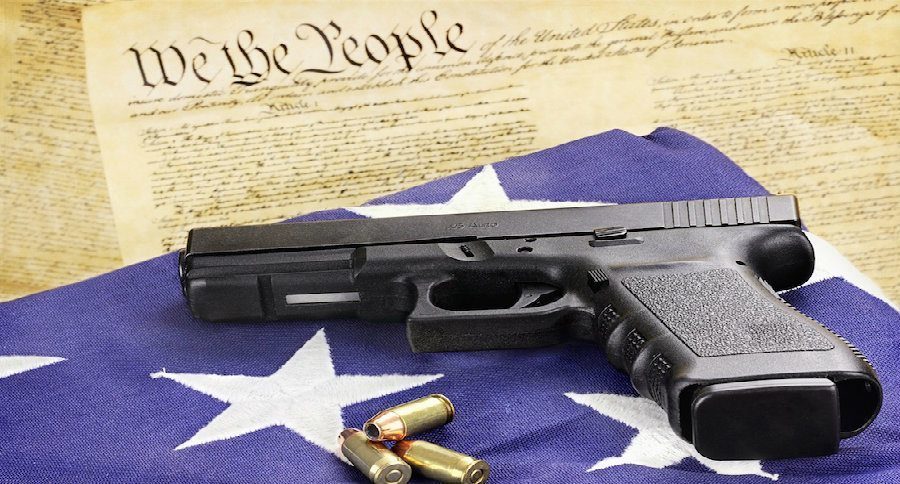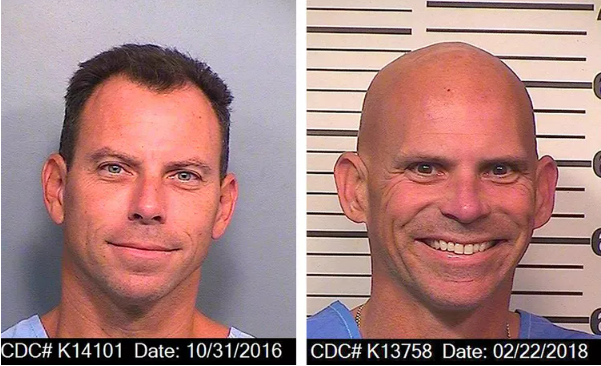Gun Control Debate Is As Old As The Good Ol’ USA
America has a lot of issues to tackle and has had them for many years, with gun violence being no exception. Ever since Columbine, the need to diminish mass shootings and the consistent argument for and against gun control has been one of the larger debates in America with no real common ground to be found.
Whether or not gun control works or not is irrelevant, the point is that we as Americans have been trying to put an end to mass shootings in places such as schools and movie theaters for decades, and the issue has often been swept under the rug or dealt with temporarily until the next shooting occurs and the holes in our legislative decision making begin to show, whether there’s more regulation or not.
Even before the Columbine shooting, this issue was in the public consciousness, contrary to popular belief. There were plenty of shootings and massacres before Columbine, but that shooting in particular brought this issue into the forefront and was the basis for how modern America deals with this issue today.
Of course, America did deal with gun violence (or tried to) even before the Columbine massacre, but because of our country’s constant shifting political landscape, the ways in which we dealt with gun related legislation was much different than it has been for the past 20 years, but not by a lot. The only real difference is the gun in question.
Whether one wants to acknowledge it or not, firearms are and have been a big part in American identity since the Declaration was put on paper, and even before that. For the most part, our country’s sovereignty and freedom was a result of a bunch of downtrodden farmers and shoemakers taking up arms against the British, and because of that, the second amendment has been a mainstay in American life.
Since the most dangerous gun one could obtain in the late 18th century was a musket that could take several minutes to load, there wasn’t much need for gun control legislation. Most of the gun violence in early America was a result of wars, settling the West, and the occasional rebellion relating to whiskey or a guy named Shay. The point is, America in the late 1700s to the early 1800s never really had a mass shooting problem aside from wars and occurrences where gun violence was a factor no matter what the laws were.
1850 to the 1900s is a different story, however. While nowhere near the problem it is now, it still happened. “Burning Kansas” and John Brown’s raid on Harper’s Ferry comes to mind, along with the various acts of violence, both gun related and otherwise, committed by Klan members during the Reconstruction era in the post-Civil War south. These might not count exclusively because of the other acts of violence that occurred during those times in history. The real meat of this issue could be seen during the 1880s to the very early 1900s, the time when cowboys and Indians roamed the deserts of the West and when there was a gun fight in the streets of a small town every five seconds.
Contrary to popular belief, gun control in the Wild West was somewhat prevalent, especially in places like Tombstone, Arizona. Despite the shootings and acts of violence at the time, gun control was rather strict in Tombstone. According to Adam Winkler, a professor and expert on American Constitutional law at UCLA, “Today, you’re allowed to carry a gun without a license or permit on Tombstone streets. Back in the 1880s, you weren’t.”
Apparently, these laws applied to most towns in the West and other places on the frontier. In Texas, for example, laws were passed banning six shooters, according to Ross Collins of NDSU in 1999, who quotes a Texas Livestock Journal written in 1884, which states that, “The six-shooter loaded with deadly cartridges is a dangerous companion for any man, especially if he should unfortunately be primed with whiskey. Cattlemen should unite in aiding the enforcement of the law against carrying of deadly weapons.”
Whether these laws were effective or not is debatable, but the point is that gun legislation isn’t a new phenomenon and was prevalent even before assault weapons were on the market. Considering the fact that the frontier and West were dangerous regions, it’s not hard to see why some people and lawmakers were in favor of gun control legislation, putting personal politics aside. Those that compare contemporary situations to the chaos of the frontier and Wild West, no matter their personal politics, need to consider that these issues were always relevant in our society, whether the gun was a revolver or an AR-15.
Moving into the 20th century, the issue continues to grow into prominence to the point where it’s difficult not to acknowledge. In the 30s, various taxes were placed on gun manufacturers who made automatic weapons and sawed-off shotguns, and during the early days of FDR’s long presidency, the National Firearms Act was passed in 1938, which prohibited the sale of firearms to people with a criminal history.
Of course, laws like these remain in effect to varying degrees. Because of the assassinations of JFK, his brother Robert Kennedy, and Reverend Martin Luther King Jr., the Lyndon Johnson administration expanded upon the 1938 National Firearms Act, prohibiting felons, drug addicts, and the mentally ill from buying a gun, and also raised the age to buy handgun to 21.
Perhaps the most significant law to come out of the 20th century regarding gun violence was the 1993 Brady Act, which mandated background checks. And, of course, various assault bans, requirements, and other forms of regulation were passed since then, but the right to bear arms was not completely infringed upon, and one could still purchase a firearm through proper channels, for better or for worse.
The effectiveness of gun control legislation and the pros and cons of the legislation can be debated for decades. There are holes in current laws for sure; some of the regulation does more harm than good for the people (depending on how tight the laws are), but it is also necessary to keep guns out of the hands of people who seek to hurt and not protect.
The issue does go a lot deeper than just “more guns or less guns” and various statistics and issues with our mental healthcare system need to be addressed, but that is a conversation for another day. The point is that, while American gun legislation remained consistent for 200 years, contemporary legislation has changed slightly due to new weaponry and new laws. Aside from that, this issue isn’t new and continues to evolve with the times. The only real difference between gun control legislation from 1885 compared to now is that assault rifles are used instead of six-shooters.











